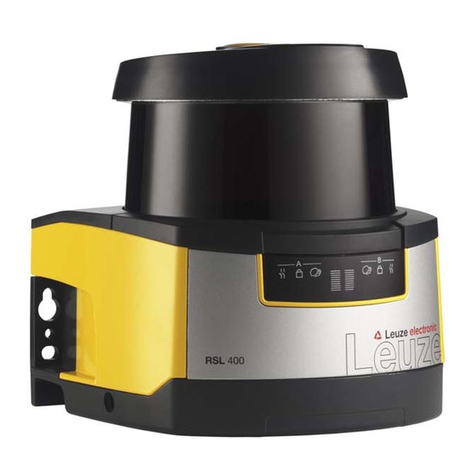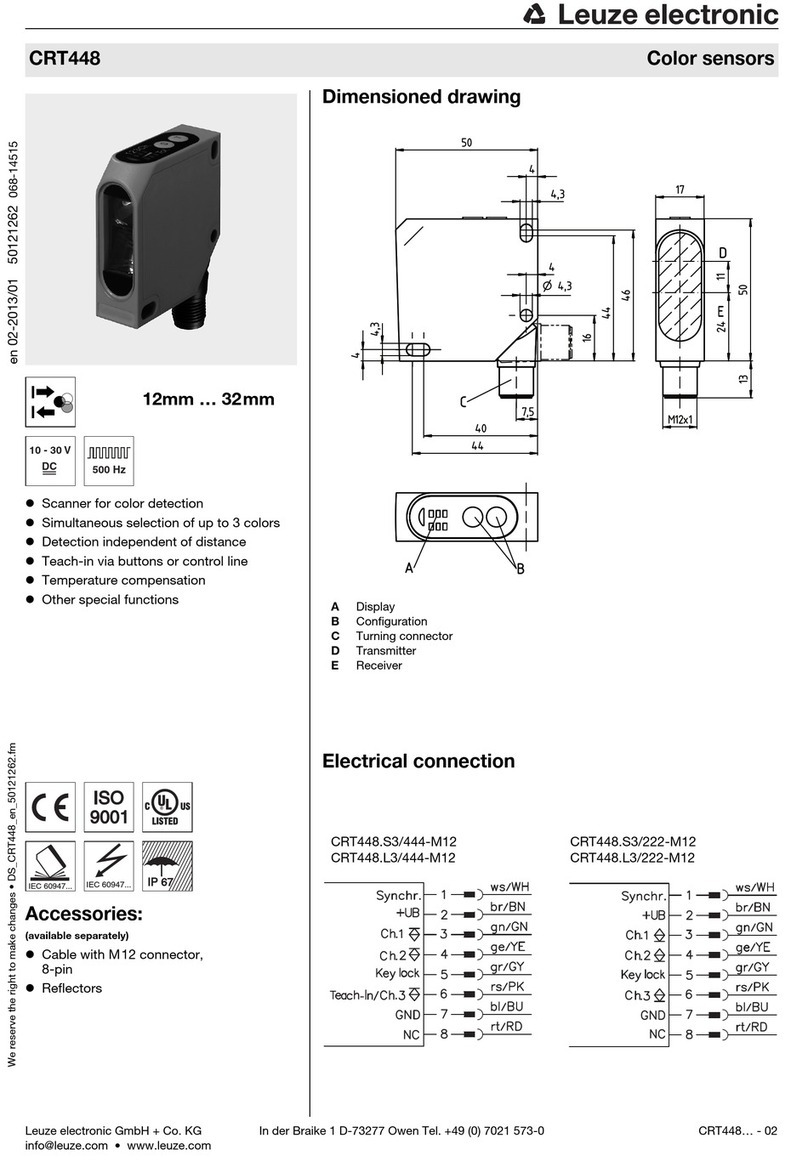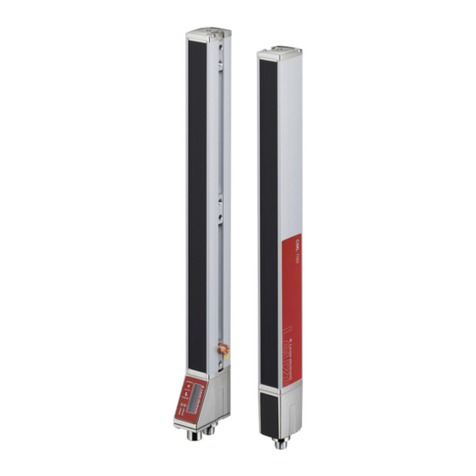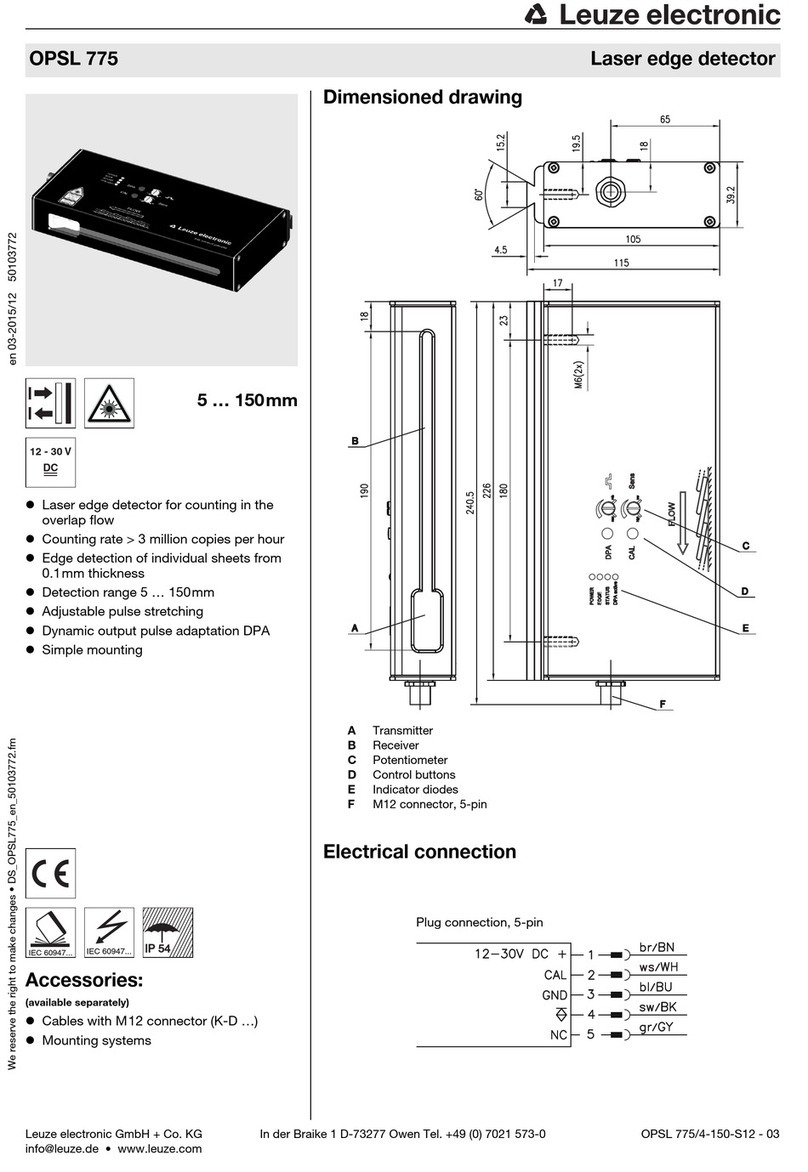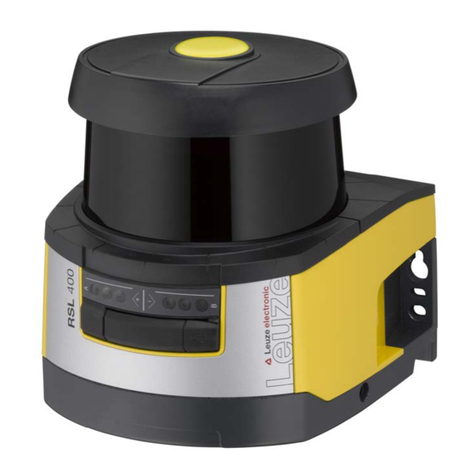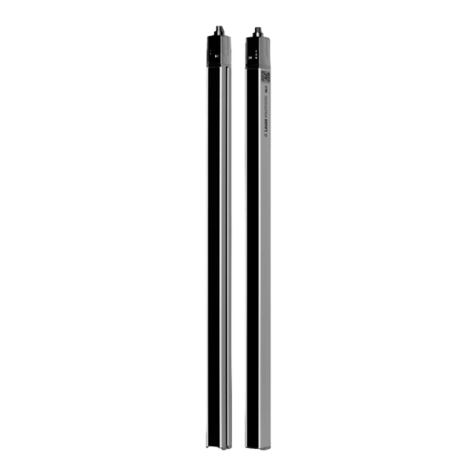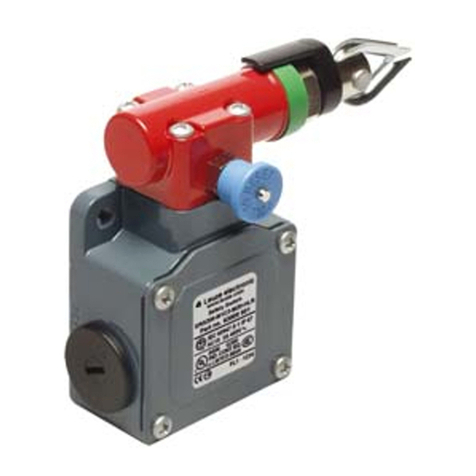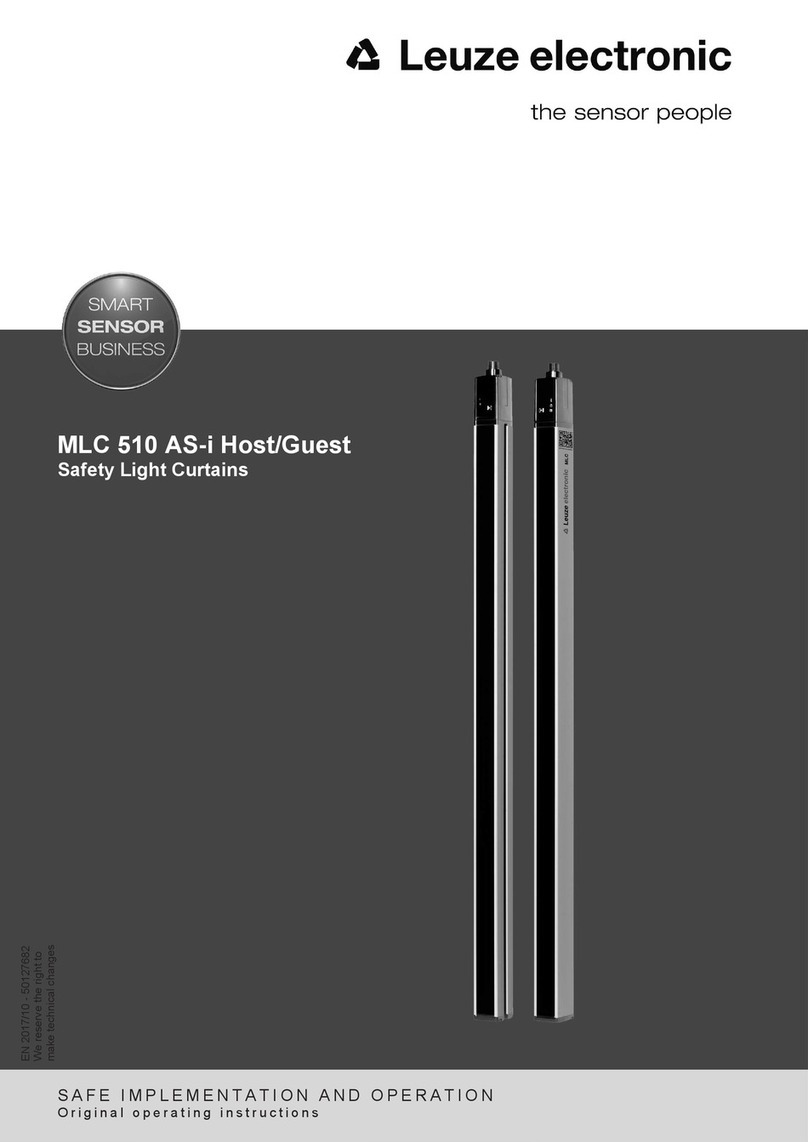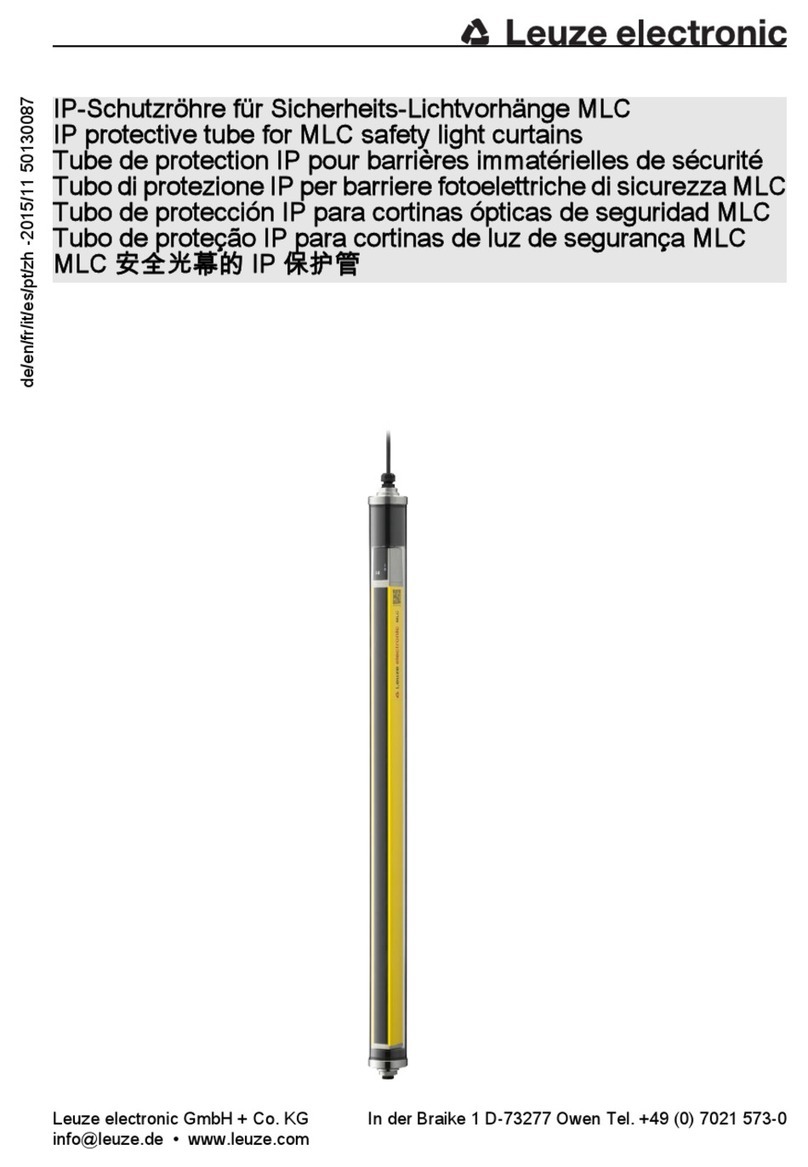
Contents
Leuze electronic SOLID-4 3
TNT 35/7-24V DEUTSCHENGLISHFRANÇAISITALIANOESPAÑOLNEDERLANDS
1 General................................................................................................................................6
1.1 Certifications ........................................................................................................................6
1.2 Symbols and terms ........................................................................................................................7
1.3 SOLID-4 selection................................................................................................................ 9
2 Safety ................................................................................................................................10
2.1 Approved purpose and foreseeable improper operation....................................................10
2.1.1 Proper use..........................................................................................................................10
2.1.2 Foreseeable misuse........................................................................................................... 11
2.2 Competent personnel...................................................................................................................12
2.3 Responsibility for safety .....................................................................................................12
2.4 Exemption of liability ..........................................................................................................12
2.5 SOLID-4 Safety Light Curtains with a resolution of 14 mm to 40 mm..........................................13
2.6 SOLID-4 Safety Light Curtains with a resolution of ≥40 mm.............................................13
2.7 Additional safety instructions for access guarding with SOLID-4.......................................14
3 System setup and possible uses....................................................................................15
3.1 The opto-electronic protective device ................................................................................15
3.2 Cascading option .........................................................................................................................16
4 Functions .......................................................................................................................... 18
4.1 Selectable functions of the SD4T Transmitter....................................................................18
4.1.1 Transmission channel ........................................................................................................18
4.2 Selectable functions of the SD4R-E Receiver....................................................................18
4.2.1 Transmission channel ........................................................................................................18
4.2.2 Start/restart interlock (RES) ...............................................................................................19
4.2.3 Contactor monitoring (EDM) ..............................................................................................20
4.3 Functions of receiver SD4R ...............................................................................................21
4.4 Diagnostics function: Dirt and error signal output ..............................................................21
4.5 Test input ........................................................................................................................... 21
5 Display elements..............................................................................................................22
5.1 SD4T Transmitter status displays ......................................................................................22
5.2 SD4R-E Receiver status displays ................................................................................................23
5.2.1 7-segment displays ............................................................................................................23
5.2.2 LED displays ......................................................................................................................24
5.3 SD4R Receiver status displays..........................................................................................24
5.3.1 7-segment display .............................................................................................................. 25
5.3.2 LED displays ......................................................................................................................25


